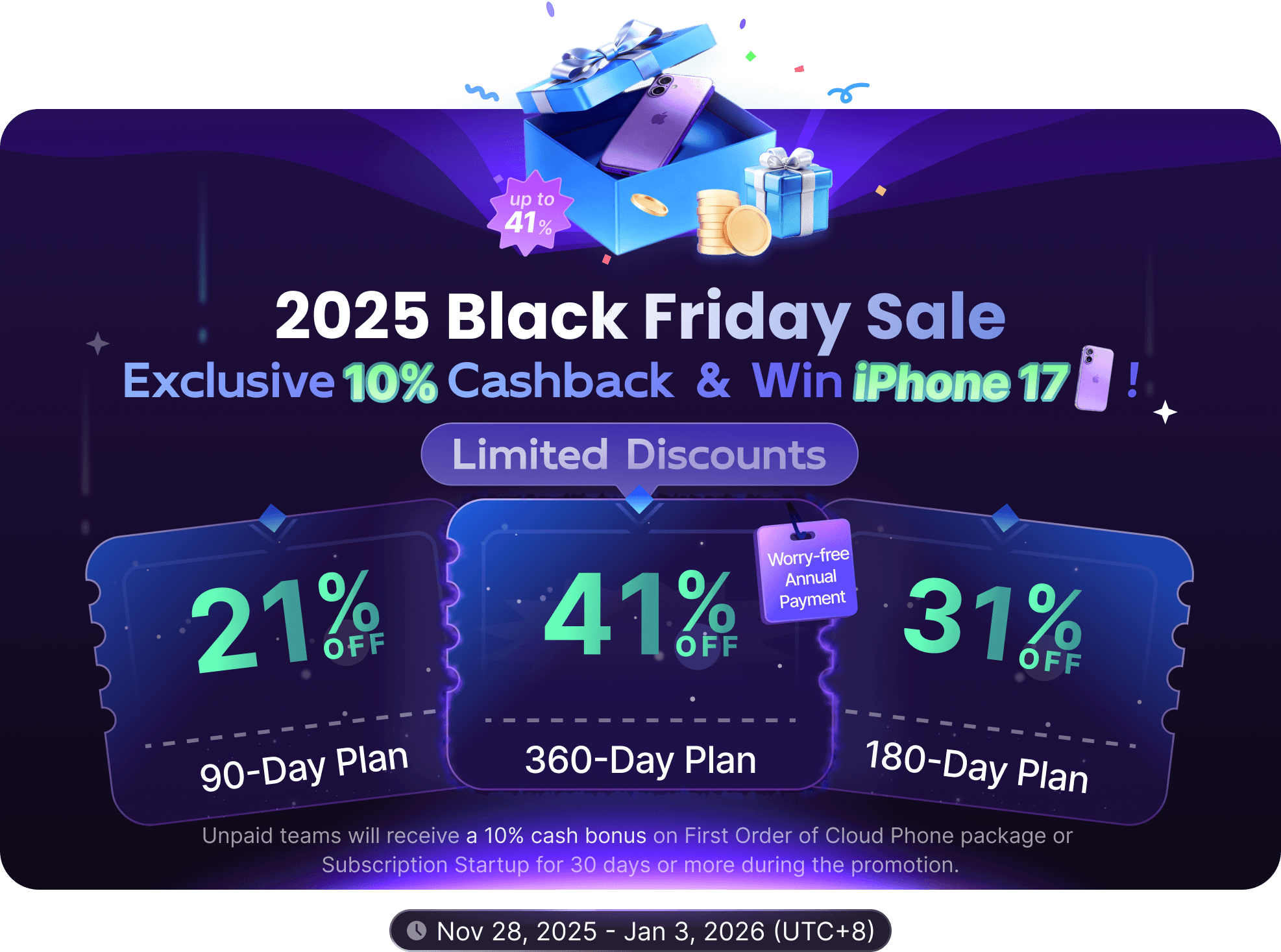Ad Mediation
What is Ad Mediation?
Ad mediation is an advertising technology solution designed to boost in-app advertising revenue. Through a mediation platform, app developers can connect and manage multiple ad networks and affiliate programs, and automatically select the highest-bidding or best-performing ads for display. This approach allows developers to maximize their app's advertising revenue and reduce the risk of relying on a single ad source.
How Ad Mediation Works
Ad mediation systems optimize advertising revenue through the following steps:
Ad Request Initiation: When a user triggers an ad in the app, the app sends an ad request to the mediation platform.
Ad Network Bidding: The mediation platform simultaneously forwards the ad request to multiple pre-configured ad networks and affiliate programs.
Bid Result Selection: The mediation platform receives bidding information from various ad networks and filters out the best ad creative based on pre-set rules (such as bid amount, fill rate, click-through rate, etc.).
Ad Display: The mediation platform returns the best ad to the app, which then displays it in the user interface.
Statistical Reporting: After the ad is displayed, the mediation platform compiles and reports on display and click data, enabling developers to evaluate ad performance.
Why Choose Ad Mediation?
By optimizing the utilization of ad networks and managing ad requests, ad mediation offers app developers several key advantages:
- Maximized Revenue: By aggregating multiple ad networks, the mediation platform can automatically select the highest-bidding ads, thereby increasing the app's overall advertising revenue.
- Ad Inventory Coverage: Effectively manages multiple ad sources, reducing ad request failures and improving ad slot fill rates.
- Risk Diversification: Spreads ad dependencies, minimizing revenue fluctuations caused by failures or deductions from a single ad network.
- Convenient Management: Centralizes the management of accounts across multiple ad networks and affiliate programs, simplifying the operation and monitoring of ad networks.
How to Configure and Optimize Ad Mediation?
Configuring and optimizing ad mediation is crucial for maximizing ad performance. Developers can perform the following configurations and optimizations:
1. Selecting the Right Mediation Platform
Choosing a suitable ad mediation platform is the first step to success. There are numerous ad mediation solutions on the market, each with its unique advantages and applicable scenarios. Here are some common platforms and their features:
AdMob: Google's advertising platform, suitable for mobile apps, supports multiple ad formats (such as banners, interstitials, videos, etc.), and has powerful data analysis capabilities. AppLovin MAX: Offers comprehensive ad management and optimization tools, ideal for developers looking to boost revenue through programmatic advertising. Unity Ads: Designed specifically for game developers, supports high-quality in-game ads and can provide a good user experience.
When selecting a platform, consider your app type and target audience to ensure you choose one that can effectively connect with your audience.
2. Optimizing Ad Network Configuration
Once a mediation platform is selected, the next step is to optimize the ad network configuration. Here are some suggestions:
Evaluate Audience Distribution: Analyze your app's user data to understand where, on which devices, and at what times your audience is active, then select appropriate ad networks accordingly. For example, if your users are mainly concentrated in a certain country, prioritize ad networks that perform well in that region.
Target Market Positioning: Choose ad networks suitable for your target market. Different ad networks may perform significantly differently in specific markets, so ensure your selection reflects the characteristics of that market.
Competitive Analysis: Research ad performance and revenue data of similar apps to identify which ad networks perform best in your field, thereby optimizing your ad network configuration.
3. Setting Reasonable Priorities and Rules
Establishing reasonable priorities and display rules is key to optimizing ad mediation. You can try the following steps:
Dynamically Adjust Priorities: Adjust priorities based on ad network performance (such as fill rate, click-through rate, conversion rate, etc.). For example, if a certain ad network performs significantly better than others, consider raising its priority to maximize ad revenue.
Bidding Strategies: Set reasonable bidding strategies to ensure effective bidding among different ad networks. Consider using dynamic bidding, adjusting bids based on real-time data to ensure you always get the best ad display opportunities.
Display Rule Settings: Establish reasonable display rules to ensure ads do not disrupt the user experience. For example, you can set a frequency cap for ads to prevent users from seeing the same ad too many times in a short period.
4. Monitoring and Feedback
Configuring and optimizing ad mediation is an ongoing process. Regularly monitoring ad performance, collecting and analyzing data can help you identify potential issues and adjust strategies promptly. Use the analysis tools provided by the platform to review metrics such as ad fill rate, revenue, and user feedback to continuously optimize your ad strategy.
Application of Ad Mediation in the Market
Ad mediation is widely used in the mobile app market, especially in areas sensitive to revenue and highly dependent on advertising, such as gaming apps, news apps, and educational tools. Ad mediation provides users with a more stable and efficient advertising experience through its advantages, while bringing significant revenue growth to app developers.
Ad mediation enables developers to efficiently manage and optimize advertising resources, maximize advertising revenue, and provide a stable user experience. By flexibly applying ad mediation strategies, developers can gain greater development opportunities and economic benefits in a highly competitive market.


